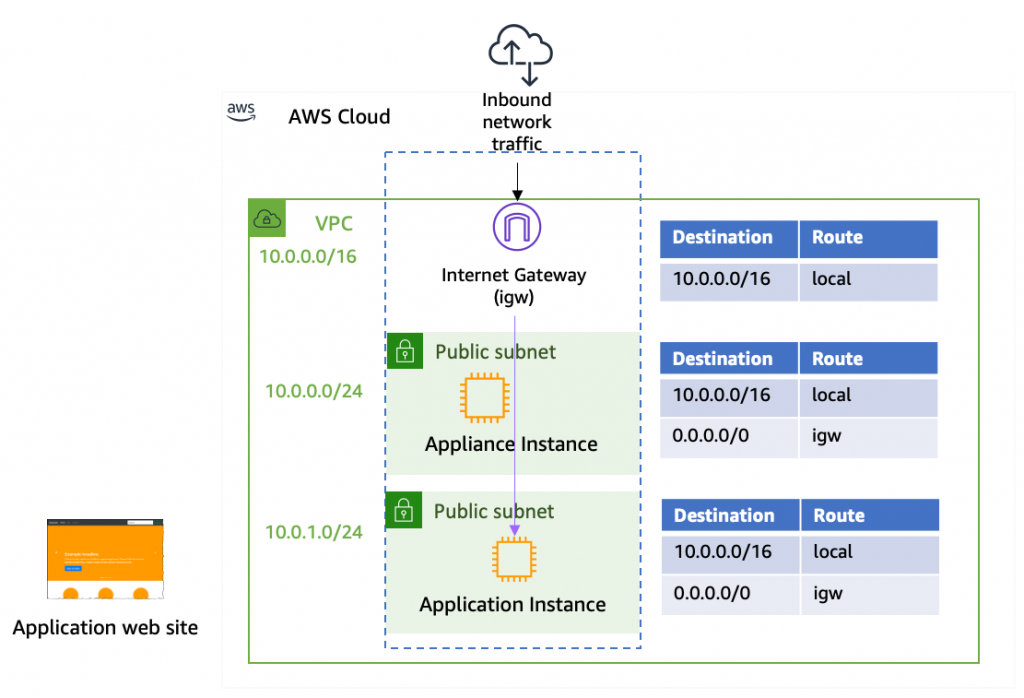Route tables in Amazon Web Services (AWS) are used to determine how traffic is directed within a Virtual Private Cloud (VPC). They contain a set of rules, known as routes, that specify which network traffic is directed to which network interface.
Each subnet in a VPC must be associated with a route table, which controls the traffic for that subnet. A subnet can only be associated with one route table at a time, but a route table can be associated with multiple subnets. This allows you to have different routing rules for different subnets within a VPC.
A route table consists of a set of rules, called routes, that specify which traffic is directed to which network interface. A route consists of a destination and a target. The destination is the IP range that the traffic is being sent to, and the target is the network interface to which the traffic is being sent to.
There are two types of routes in a route table:
- Local routes: These routes apply to traffic within the VPC. Every VPC has a default local route that allows traffic to flow between subnets within the VPC.
- Internet Gateway routes: These routes apply to traffic going to and from the internet. Every VPC has a default Internet Gateway route that allows traffic to flow between the VPC and the internet.
In addition to the default route table, you can create additional custom route tables. This allows you to specify custom routing rules for specific subnets within your VPC. For example, you might want to create a custom route table for a subnet that is hosting a database, to ensure that traffic to and from the database is routed properly.
When you create a new VPC, AWS automatically creates a default route table. This default route table contains a local route and an Internet Gateway route, as described above. You can modify the routes in the default route table, but you cannot delete them.
It is important to properly configure your route tables in order to ensure that traffic is directed correctly within your VPC. Incorrectly configured route tables can lead to network connectivity issues and negatively impact your applications’ performance.
There are a few key things to consider when configuring your route tables:
- Make sure that you have an Internet Gateway route for any subnet that needs to access the internet.
- Make sure that you have local routes for any subnets that need to communicate with each other within the VPC.
- Make sure that you have a default route table, and that it is properly configured.
- Consider creating custom route tables for specific subnets that have unique routing requirements.
Conclusion
In summary, route tables in AWS are used to control the routing of traffic within a VPC. They consist of a set of routes that specify which traffic is directed to which network interface, and they are associated with individual subnets within a VPC. Properly configuring your route tables is important for ensuring that traffic is directed correctly within your VPC and for maintaining the performance of your applications.
